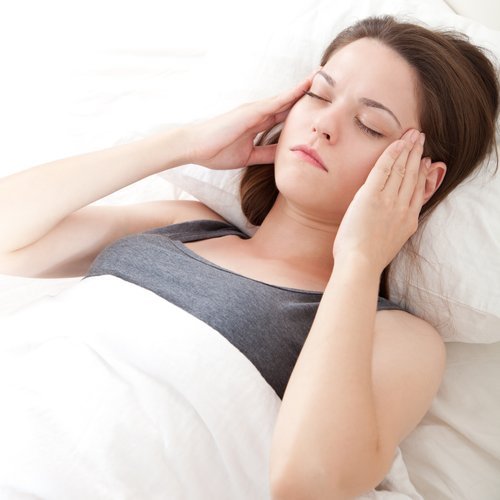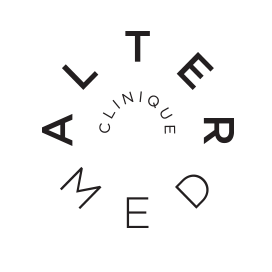Montreal osteopathy

As a clinical massage therapist, the majority of my clients come to me for pain in one of the three usual areas. Treatments for lumbar, cervical and shoulder problems would indeed be numerous enough to comfortably fill any massage therapist's career. These last two areas, the shoulder and cervical, are often difficult to delineate for the average client. This makes sense, as many of the issues in one area will cause adjustments in the other. In addition, there is a large muscle that connects the two regions and can make them look like one: the trapezius. All too often, clients come to me with what they call trapezius pain, and while this is a laudable effort, it is rarely the correct therapeutic assumption.
x
So today I offer a short article in defense of the trapezius, supporting the circumstances that may give the illusion that it is problematic.
What is a trapezium?
The trapezius is a muscle of the scapular chain (which ensures the mobility of the upper limb, or arm), which takes its name, by its shape, from the triangles of the same title. Originating at the occiput (posterior base of the skull) as well as on the spinous processes of the cervical vertebrae 1 to dorsal 10 and ending on the spine of the scapula, the acromion and the lateral third of the clavicle, it covers the majority of the length of the back
x
This large muscle mass is often divided into three segments, the upper, middle and lower trapezius, but we will refer to it as one muscle for simplicity's sake for today.
x
Being very superficial and very large, the trapezius is essentially a movement muscle that performs external ringing, elevation, lowering and adduction of the scapula. The majority of trapezius injuries will occur during one of these movements performed at high speed, or with great force. It is much rarer for it to cause problems through wear and tear, as its specialty is not frequent and prolonged contractions.
x
This is why it is often necessary to look deeper to find the muscles that are actually causing the pain.
The scapular elevator and the rhomboid
Two of these underlying muscles that are more often the cause of pain are the scapular elevator and the rhomboid.
x
The elevator originates on the side of cervical vertebrae 1 to 4 and inserts at the upper angle of the scapula to provide scapula elevation. When inflamed, it can cause a sensation of pain that starts at the scapula and moves up the side of the neck posteriorly. It is also the muscle that "attaches the shoulders to the ears" by its elevation. You can certainly think of someone you know who has absurdly high shoulders and probably has a tight scapula elevator.
x
The rhomboid, on the other hand, is a diamond-shaped muscle that connects the cervical 7 to dorsal 4 spinous processes with the medial border of the scapula. It contributes its contraction force to the adduction of the scapula and to the internal ringing. A tight rhomboid can provide a point sensation between the scapulae, which is often the case in clients who feel shoulder problems.
x
You may notice that both of these muscles perform common movements with the trapezius, which is why it is often mistakenly thought that it is the trapezius that is causing the trouble; we just don't think about them because they are deeper and therefore hidden by the trapezius. The nuance is in the fact that these two muscles are smaller, and therefore more specific in their actions, but are above all more predisposed to maintain a prolonged muscular contraction, which often results in a pain or limitation that occurs progressively.
The small posterior superior serratus and the scalenes
Apart from the rhomboids and the scapular elevators, two other muscles even deeper in the spine come to our attention as frequent suspects in so-called trapezius pain
x
The posterior superior serratus, or PSDP, is an accessory inspiratory muscle that allows for rib elevation. Bringing together the first five ribs and the cervical 7 to dorsal 3 spinous processes, it is deeper than any of the muscles named so far and, as you can see, follows essentially the same path as the rhomboid. Although it is not attached to the scapula, and therefore not part of the shoulder muscles, a tight PDPS can form a bulge that interferes with the sliding of the scapula over the rib cage. Friction is thus caused during shoulder movements and may cause further inflammation in the surrounding area, which may cause (lead to) pain.
x
The scalenes are also inspiratory muscles, but are placed more laterally to the neck, near the upper trapezius. They are composed of three muscle bundles that connect the first two ribs to the cervical vertebrae 1 to 6 and that also perform lateroflexion, flexion and rotation of the neck.
x
These two very deep inspiratory muscles are easily affected by states of stress and are another doorway through which your lifestyle habits can come to cause you cervical-shoulder problems.xx
x
So there are several muscles underlying the trapezius that are more often than not the real cause of trapezius pain, the trapezius only adapting to their tense neighbors. We have talked about four muscles here, some like the scalene having a much more important and complex role, as it influences a lot the posture of the upper body. This is what we will discuss next month when we will dissect a postural defect: head protraction.
Izaak Lavarenne, NDG Physiotherapist


